
Marijn has written several articles on the theme of bathhouses and bathing in shunga, one of the most recent ones was about this enticing Harunobu print. You’ll be right alleging that the depiction of bathhouses was spread not only among Japanese printmakers but among European masters too. For example, this motif often appeared in works of the German artist Sebald Beham (1500-1550), known as the most prominent figure of so-called “Little Masters” – the generation of printmakers after Dürer.
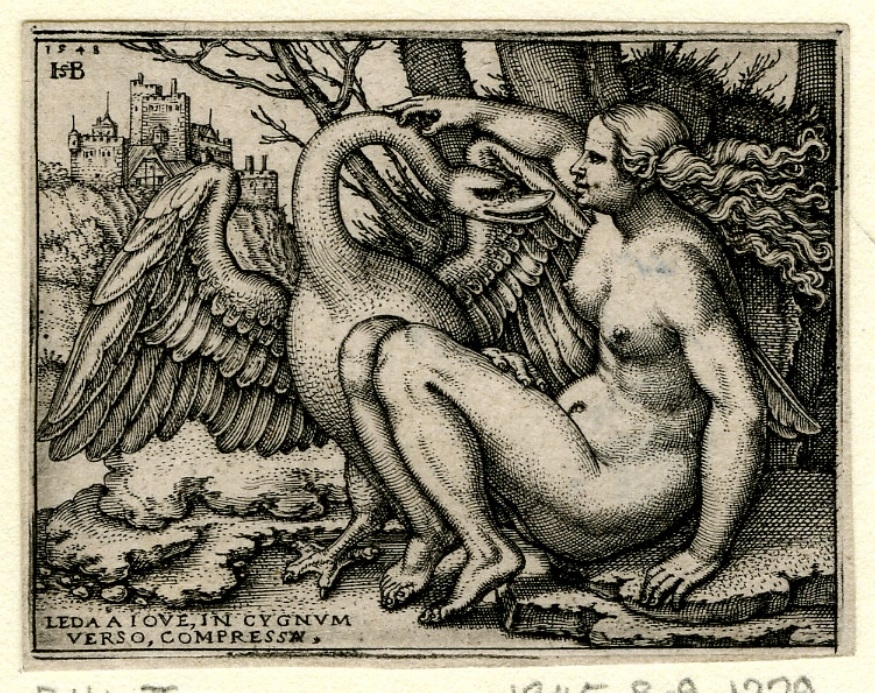
Fig. 1. Leda and the Swan by Sebald Beham (britishmuseum.org)
Bio
Sebald Baham was born in a family of an artist. Along with his minor brother Barthel, he was an apprentice of Dürer. He shared Lutheran beliefs and thus was prosecuted and accused of heresy and blasphemy. In 1525, Sebald and Barthel were ejected from Nuremberg, which was their birthplace, for producing “pornographic” engravings. Three years later, Beham went back to the city. Being one more time accused of pornography distribution in 1529, he fled Nuremberg and dwelled in München as a protégé of Albrecht von Brandenburg. In later years, he moved from one place to another, until in 1532, he settled down in Frankfurt. A skilled printmaker, Beham produced hundreds of engravings on different themes, from religion to Tarot decks.

Fig. 2. The Night, 1548 (britishmuseum.org)
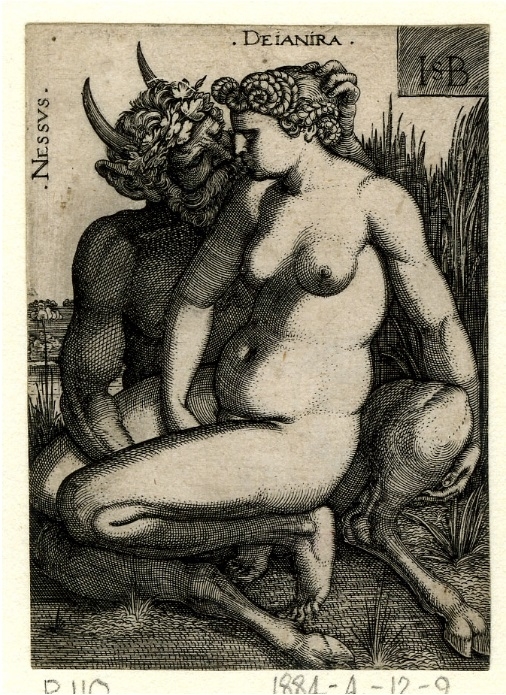
Fig. 3. Nessus and Deianeira, ca. 1540s (britishmuseum.org)

Fig. 4. Death and the sleeping woman. Print by Sebald Beham after Barthel Beham, 1548 (britishmuseum.org)

Fig. 5. Ornament panel with three satyrs, ca. 1540s (britishmuseum.org)
The Art of Bathing
As writes Alison Stewart, “Representations of bathhouses used for cleansing became numerous in the second half of the fifteenth century, and they are believed to reflect the height of popularity of bathing at that time. Bathing was then seen as a pleasure and was always enjoyed in the presence of others. Singing and music-making had been part of the enjoyment of the bath much earlier, by around the year 800, and by the sixteenth century, eating and drinking had also become important aspects of bathing pleasure. Nuremberg had a dozen public bathhouses and many private ones, not unusual numbers for European cities at the time.” It comes as no surprise that bathhouses were also centers of prostitution. Despite special edicts banning courtesans from bathhouses, the places meant for fulfilling hygiene needs often were settings for amorous scenes.
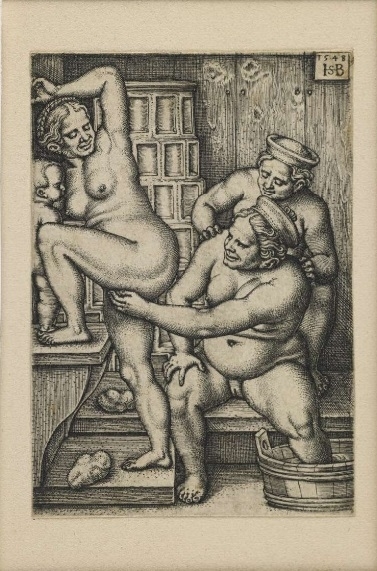
Fig. 6. Three women in the bath-house, 1548 (britishmuseum.org)

Fig. 7. Woman with two children in the bathhouse, ca. 1540s (britishmuseum.org)
Viewer As a Voyeur
The motif of voyeur was used by Western engravers as well as by Eastern in two ways. The voyeur is either the male character in the picture or the viewer himself. In the latter case, the effect is achieved by the naked figure staring directly at the viewer, as it was depicted in one of Eisen’s designs (fig. 8). In Dürer’s Women’s Bathhouse (1496), the woman in the center is looking at us with a shameless little smile as a courtesan in the design by Eisen (fig. 9). She’s not confused, on the contrary, she’s the one who makes us feel uneasy under her gaze. Another device that turns us into witnesses of bath procedures is a round frame, which imitates the window aperture, as in Women’s Bath (1543) by Beham (fig. 10).

Fig. 8. Keisai Eisen. Courtesan looking at a viewer. from the book Ehon fuji no yuki (The snow on Mount Fuji), c.1824 (Source: Morra Japanese Art)

Fig. 9. Albrecht Dürer Women’s Bathhouse, 1496 (researchgate.net)

Fig. 10. Sebald Beham Women’s Bath, ca. 1543 (researchgate.net)
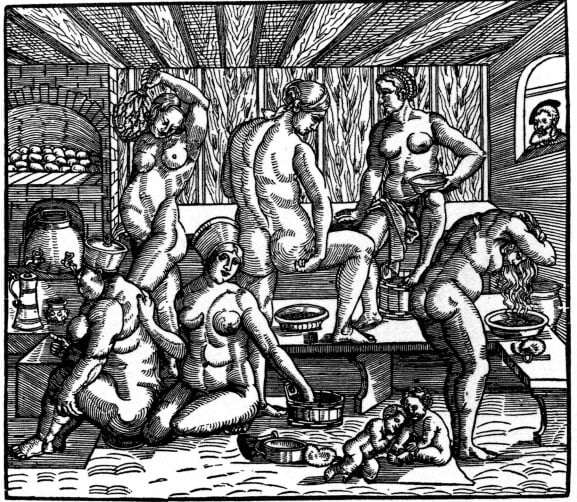
Fig. 11. Woman’s Bath, 1543, attrib. to Sebald Beham (digitalcommons.unl.edu)
The Fountain of Youth
According to medieval legends, the fountain of youth is a mystical spring, which waters heal any disease and turn old and weak bathers into young libidinous people, whom they were a long time ago. This fountain was depicted by Lucas Cranach, Erhard Schön, Hans Holbein, Master of the Banderoles, but the largest and the most detailed depiction was produced by Sebald Beham. In the engraving, he combined themes of the bathhouse (right part) and fountain (left part of the image), emphasizing sensual activities of the “renewed” bathers.

Fig. 12. Fountain of Youth-Bathhouse ca. 1531 (wikimedia.org)

Fig. 13. Fountain of Youth-Bathhouse accompanied by the publisher’s text (digitalcommons.unl.edu)
Literal and Metaphorical Eroticism
Like every medieval oeuvre, Beham’s Fountain of Youth manifests itself in two levels: literal and metaphorical. Apparent sensuality is embodied by amorous couples in the foreground next to the fountain (the man touches the woman’s breast, fig. 14) and in the background of the bathhouse (the man puts his hand under the skirts of his female companion, fig. 15). Metaphorical sensuality involves typical medieval symbols of lust. As Alison Stewart notes, the first detail, which indicates the sensual atmosphere, is the presence of drinks in the picture. In the left part of the bathhouse, we can see the man suggesting a drink to the woman (fig. 16, 17). Stewart writes that “The offer of a drink was understood in the sixteenth century to be an erotic invitation since this gesture was seen in contemporary literature and art as leading to lust.”

Fig. 14. The lovers from fig. 12.

Fig. 15. The lovers from the background of the bathhouse.

Fig. 16. The man offers a drink to the woman.

Fig. 17. The amorous couple drinking wine.
Birds and Feathers
According to Stewart’s article, “it may be possible that the birds over the fountain combine realistic detail with the erotic connotations that Vogel (“bird” or “penis”) had in the sixteenth century. Indeed, the verb vogeln still means “to bird” or to have sexual intercourse in German” (fig. 18). The motif, which can be naturally associated with the bird but has another meaning, is the box of feathers placed by Beham at the upper right part of the engraving (fig. 19). Feathers were the symbol of foolishness, which puts the desire for eternal youth connected with “earthly pleasures” into the ironic context (look also at the figure of the fool with a bauble at the left side of the gallery, fig. 20). Other blatant details of the picture are the urinating woman in front of the bathhouse and the man shooting a clyster at the backside of the one standing at the bathhouse gallery (fig. 21, 22).

Fig. 18. The bird near the fountain.
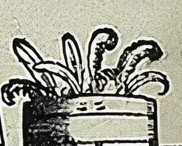
Fig. 19. The box of feathers.

Fig. 20. The fool with a bauble.

Fig. 21. The urinating woman.

Fig. 22. The man with a clyster shooting at another man’s ass. Central detail that unites the fountain and the bathhouse.
Eleventh Finger
Beham’s woodcut is accompanied by the text belonging to the publisher Albrecht Glockendon. Besides the descriptions of the magic land, where the fountain is located, it reads the following: “The bath reduces all defects and rashes, including one nose that constantly dripped snot down over the mouth. He who is lacking in his eleventh finger (penis) should bathe in the bath, for it will make him fresh, hard, long, and straight. It will renew so wonderfully that many a young woman will be happy. The bath is very noble for shitting, as I myself have seen a peasant woman was carried to the bath on a man’s back. She constantly shat some 100 maggots at once onto her legs and shirt and farted until her arse was sore and she wailed. She beshat all the walls in her house such that it appeared the pig celebrated its wedding, as her husband said. He brought her to the fountain and let her bathe and her maladies disappeared. In addition, a 100-year-old woman gained a youthful body and resembled my lover, on whom the sun never shines, she is so chastely white.”
Sources: Alison G. Stewart. Sebald Beham’s Fountain of Youth-Bathhouse Woodcut: Popular Entertainment and Large Prints by the Little Masters. 1989 (digitalcommons.unl.edu); wikipedia.org; britishmuseum.org
Click HERE for more exciting articles on bathhouse scenes as portrayed in shunga art….!!
Let us know your thoughts on this article in the comment box below….!!
